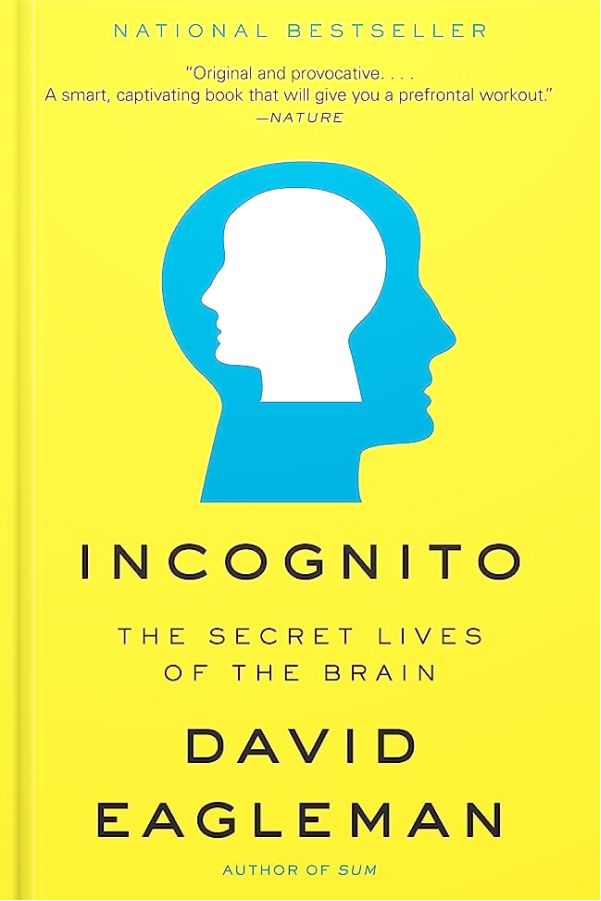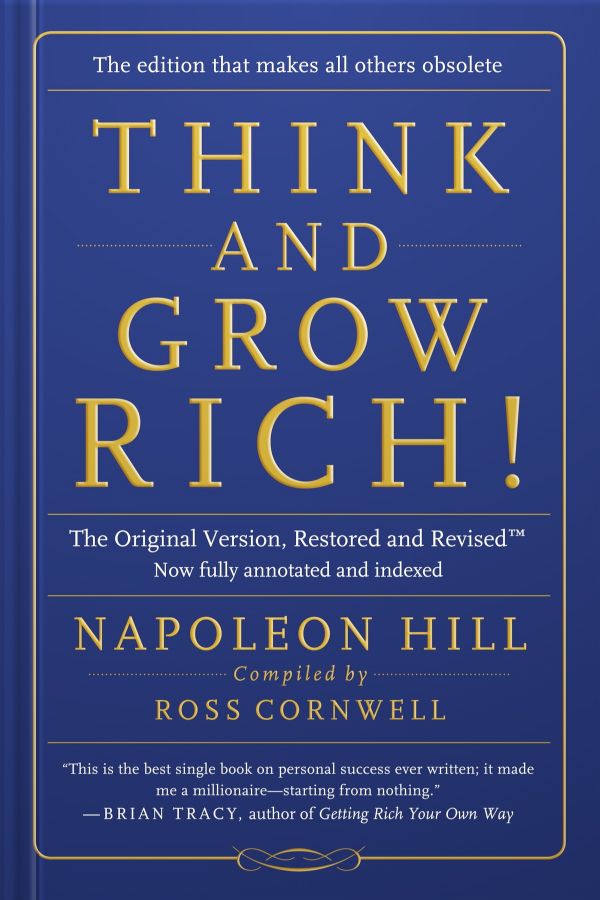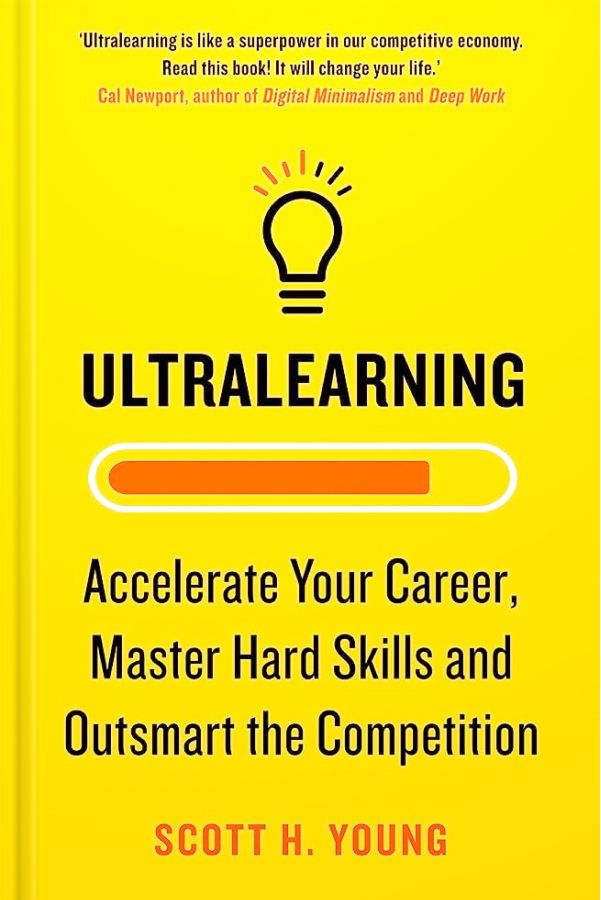
Psychology
Incognito by David Eagleman
1. The Supremacy of the Subconscious Mind
Eagleman contends that consciousness is a minuscule part of our mental operations.
The majority of the brain operates incognito or unconsciously, making most of our actions and decisions subtly driven by our subconscious mind.
2. The Confluence of Signals
Eagleman introduces the idea that a conscious thought emerges from a collection of signals in the brain pointing in the same direction.
Once the accumulated signal strength reaches a certain threshold, it bubbles up as a conscious thought.
3. The Canceling of Opposing Signals
When the brain receives conflicting signals pointing in different directions, they nullify each other, disrupting the formation of a cohesive conscious thought.
4. The Conscious Mind: A News Headline
Eagleman likens our conscious mind to a newspaper. It provides the headlines but rarely shows us the extensive process operating behind the scenes. He quotes Carl Jung:
“In each of us, there is another, who we do not know.”
5. The Work Behind an Idea
The exclamation, "I just got an idea!" is an acknowledgment of the hard work the brain has been performing subconsciously, possibly for a significant duration, before the idea consciously emerges.
6. Limited Role of Conscious Thought in Decisions
Eagleman underscores that conscious thought should not necessarily be involved in most decisions and actions, highlighting the power of the subconscious mind.
7. The Latency of Conscious Awareness
Highlighting the time it takes for conscious awareness (about 0.5 seconds), Eagleman illustrates that it's impossible to consciously react within the 0.4 seconds it takes for a baseball to reach the batter.
8. From Conscious Decisions to Unconscious Actions
We often make decisions consciously, only to automate them over time. This process reveals the transition of actions from our conscious to our subconscious mind.
9. Automation of Skills
Humans possess an impressive ability to learn and, with enough practice, automate almost any skill, allowing it to be operated by the subconscious mind.
10. Implicit Egotism
This term refers to the innate human tendency to love reflections of ourselves in others and on products. This bias is revealed in ways we may not consciously recognize.
11. Subconscious Affinities
We tend to favor people who share our birthdays, have names similar to ours, and so on, demonstrating the influence of our subconscious mind on our affinities.
12. The Mere Exposure Effect
Our brains inherently prefer things we are frequently exposed to. This psychological phenomenon demonstrates the strong influence of familiarity on our preferences.
13. Association of Pairings
Our subconscious minds link two things together if they are frequently paired. This process drives our association with various items and events in our daily lives.
14. Trusting Your Gut
Finally, Eagleman emphasizes the wisdom of trusting your gut feeling. Research shows that our subconscious mind often reaches the correct decision before our conscious mind does, validating the power of our intuition.
"Incognito" opens the door to understanding the complex interplay between our conscious and subconscious minds.
It challenges us to rethink the role of consciousness in decision-making and appreciate the immense power and potential of our subconscious mind.





















